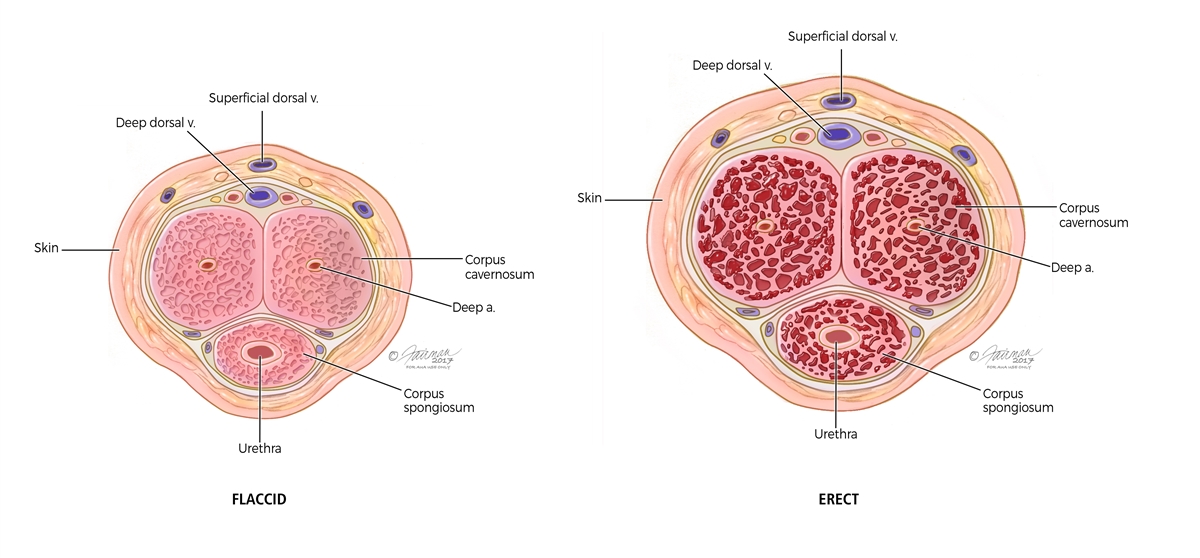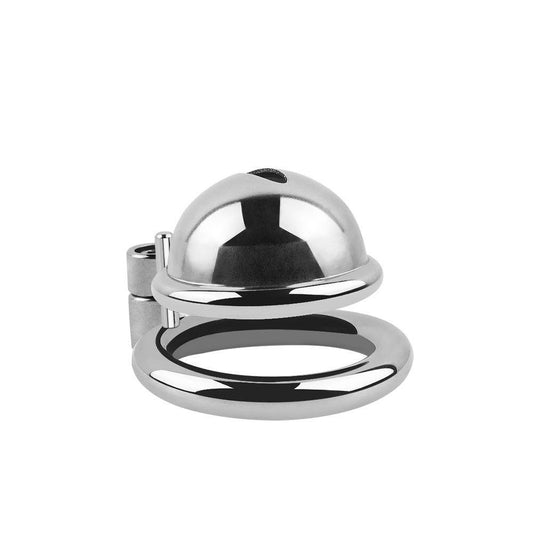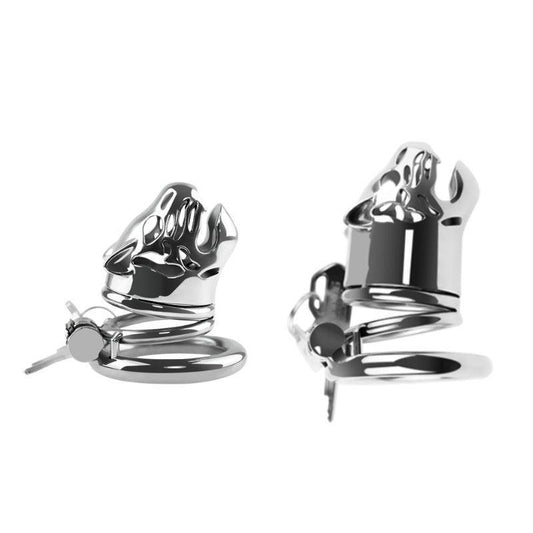Chastity cages are increasingly popular for personal, relational, and lifestyle purposes. However, questions about their safety—especially for long-term wear—are common and valid. By exploring this topic through a medical and physiological lens, we can better understand the potential risks and how to minimize them.
Understanding Long-Term Chastity Cage Use

Wearing a chastity cage for an extended period involves keeping the penis enclosed in a device that restricts erections and limits accessibility. While this can be safe for most people, several physiological factors must be considered, including circulation, hygiene, and skin health.
1. Circulation and Blood Flow

Proper blood circulation is vital for penile health. A well-fitted chastity cage should not impede blood flow. Here’s why it matters:
Risks of Poor Circulation:- A cage that is too tight can compress veins or arteries, leading to reduced blood flow, tissue damage, and even ischemia (a lack of oxygen to tissues).
- Symptoms of impaired circulation include numbness, discoloration, swelling, or a cold sensation in the penis.
- Choose a cage that fits snugly but does not constrict. The base ring and cage diameter should allow for natural blood flow.
- Avoid cages that apply excessive pressure on any part of the penis.
2. Skin Health

The skin in the genital area is sensitive and prone to irritation. Extended wear can amplify these risks if proper care is not taken.
Common Skin Issues:- Chafing: Prolonged friction can cause redness, irritation, or even open sores.
- Moisture Build-Up: Trapped sweat or urine can lead to rashes, fungal infections, or bacterial growth.
- Select a cage made from hypoallergenic materials, such as medical-grade silicone or stainless steel.
- Regularly clean both the cage and the surrounding skin to prevent bacterial buildup. Use a mild soap and rinse thoroughly.
- Ensure the cage has adequate ventilation and drainage holes to allow airflow and moisture escape.
3. Erections and Nocturnal Responses

The body’s natural physiological processes, such as erections and nocturnal penile tumescence (morning erections), can pose challenges for long-term chastity cage wearers.
Impact of Erections:- Erections confined within a cage can cause discomfort or pressure, potentially leading to tissue stress if not managed properly.
- Nighttime erections, which occur during REM sleep, may result in disrupted sleep or mild swelling.
- Opt for a cage that allows slight expansion to minimize discomfort during erections.
- Begin with shorter wear durations to help your body adapt to the device gradually.
4. Hygiene and Infection Risks

Maintaining cleanliness is crucial for long-term safety. The genital area is prone to infections, especially if hygiene is neglected.
Potential Issues:- Balanitis: Inflammation of the glans due to poor hygiene or trapped moisture.
- Urinary Tract Infections (UTIs): Improper cleaning or residual urine in the cage can increase the risk of UTIs.
- Clean the cage daily and remove it periodically for thorough cleaning.
- Use warm water and an antibacterial cleanser to clean the penis and surrounding skin.
- Stay hydrated and practice good urinary hygiene to reduce infection risks.
5. Psychological and Physiological Adaptation

The body and mind may take time to adjust to long-term chastity cage use.
Psychological Considerations:- For many, chastity has psychological implications, such as heightened focus on restraint or control.
- Negative emotions like stress or anxiety can manifest if discomfort arises or expectations aren’t met.
- Skin and tissue may need time to acclimate to the pressure and contact of the cage. Gradual use can reduce the likelihood of discomfort or injury.
6. Tips for Safe Long Term Wear

To ensure safety during long-term use, follow these guidelines:
- Choose the Right Fit: Proper sizing is crucial. A cage that’s too tight or loose can cause issues.
- Monitor Your Body: Regularly check for signs of irritation, swelling, or discoloration.
- Take Breaks: Remove the cage periodically to allow the skin and tissues to rest and recover.
- Consult a Professional: If you have any pre-existing medical conditions, such as diabetes or poor circulation, consult a healthcare provider before using a chastity cage.
Conclusion
With the proper precautions, chastity cages can be worn safely for extended periods. By respecting the body’s physiological needs—such as circulation, hygiene, and natural fluctuations—you can minimize risks and enjoy a comfortable experience. Remember, safety and health should always come first, so listen to your body and make adjustments as needed.








